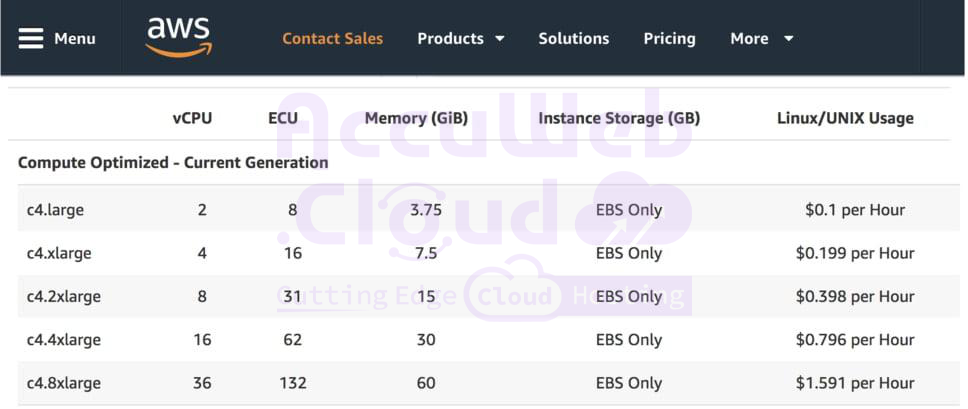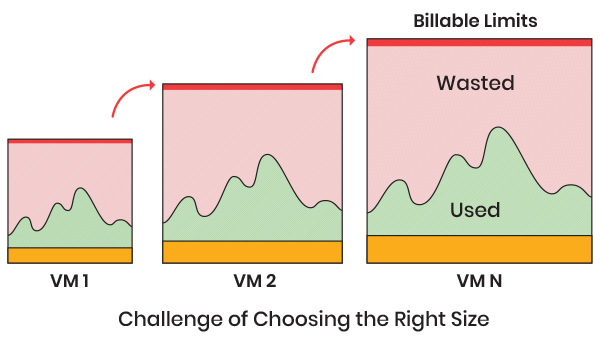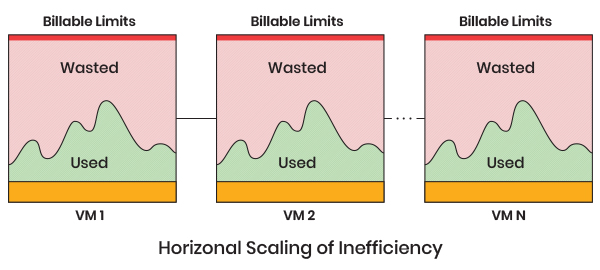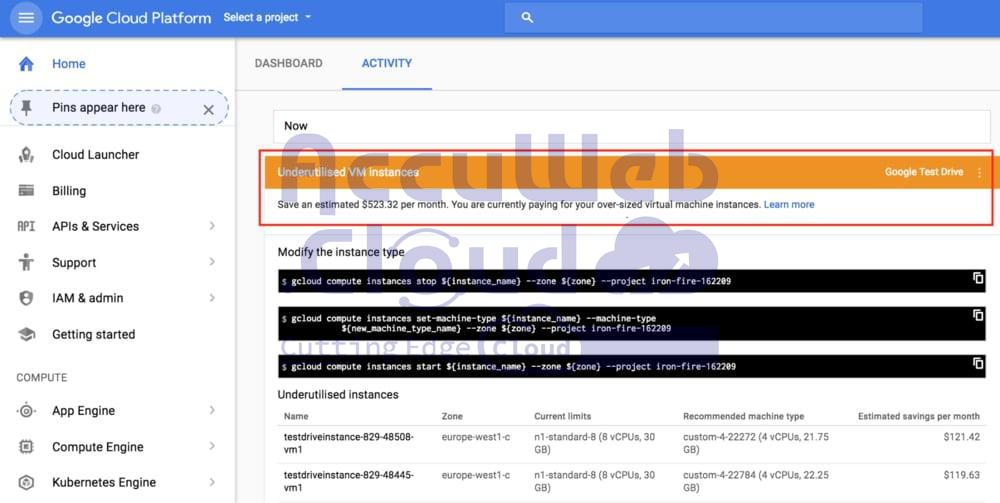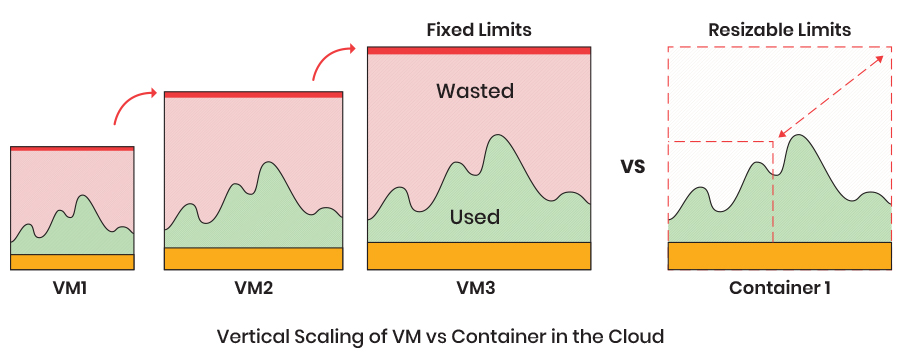Do You Really Pay as You Use?
Cloud computing is often compared to electricity usage because both provide resources on demand with a “pay as you go” model.
However, unlike electricity, with cloud computing, you have to estimate the right amount of resources in advance, and costs can double if you slightly exceed your estimate.
Cloud computing has revolutionized technology due to its ease of use and cost efficiency, making it one of the most disruptive technologies in the last decade.
Now, the cloud itself is facing disruption because many cloud resources are wasted, showing inefficiency. Companies often don’t check how much capacity they use, leading to overpayment for unused resources.
When deploying an instance from a cloud vendor, you can choose from a wide range of virtual machine (VM) sizes.
AWS, Azure, Google Cloud, Digital Ocean, and others all use this approach, and AccuWeb.Cloud integrates with Azure and Google Cloud.
The first challenge is finding a VM size that performs well under average load and has some extra capacity for scaling.
The second challenge occurs when your current VM becomes too small for your needs, and you must upgrade to a larger VM, often twice the size.
You often over-allocate resources, especially during low-use or idle times, leading to paying for unused resources.
When you expand your infrastructure by adding more VMs, the problem worsens, as each VM may have unused capacity, further reducing efficiency.
The “pay as you go” billing model in cloud computing isn’t as flexible as electricity billing. You can’t order a VM that perfectly matches your current needs and scales automatically as the load increases without extra configuration and migration.
This leads to ordering larger VMs and paying for unused resources. For example, Google Cloud acknowledges this issue and provides “hints” when customers over-allocate.
Traffic on AWS, MS Azure, and many other clouds is billed on a “pay as you use” model, so users are charged based on actual consumption instead of buying capacity in advance.
This billing model became possible with the introduction of containers, which offer flexibility based on your load. Over the past few years, there has been a shift to container technology, allowing for more precise resource allocation.
Containers can scale vertically based on current load, so you pay only for what you use without needing complex reconfigurations.
However, most vendors don’t offer pure container-based clouds, so if you host containers inside a VM, you’re still paying for unused resources tied to the VM’s size.
Your spending depends on the cloud vendor, the resource unit used for scaling, and the availability of automatic scaling.
To maximize efficiency, ask your cloud vendor to adopt a “pay as you use” model with small scaling steps and smooth resizing based on load, avoiding the need to reserve extra resources unnecessarily.
Today, IT departments are expected to do more with less, and cloud efficiency is being redefined. You have the right to demand better pricing models from cloud vendors.
The success of containerization shows that new cloud computing models are emerging, disrupting what was once the most cost-efficient approach, and that’s ultimately good news.






